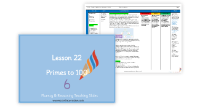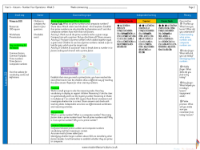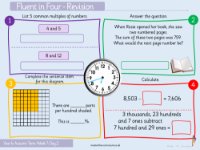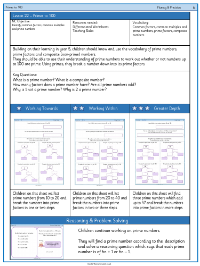Addition, Subtraction, Multiplication and Division - Primes to 100 - Presentation
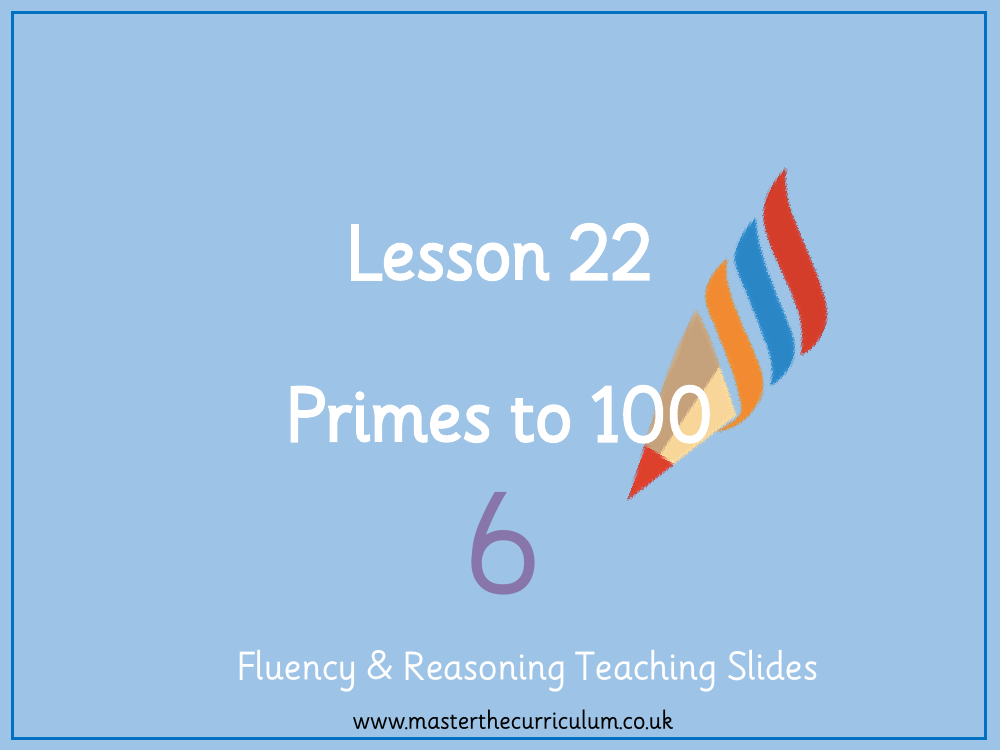
Maths Resource Description
In a comprehensive mathematics lesson on prime numbers, Year 6 students revisit and expand their knowledge from the previous year. The lesson begins with a discussion about the definition of prime numbers and composite numbers, setting the foundation for the day's learning. Students are then tasked with listing all prime numbers between 10 and 30, which are 11, 13, 17, 19, 23, and 29. This activity is designed to reinforce their understanding of prime numbers and to practice identifying them within a specific range. Subsequently, the challenge escalates as they list prime numbers between 30 and 100, which include 31, 37, 41, 43, 47, 53, 59, 61, 67, 71, 73, 79, 83, 89, and 97, further solidifying their grasp on the concept.
Additional activities within the lesson involve problem-solving exercises where students determine which two prime numbers add up to a given sum. For example, they discover that the prime numbers adding up to 36 are 17 and 19, and those adding up to 68 are 31 and 37. Another critical concept introduced is the breakdown of numbers into prime factors using a prime factor tree. Students complete prime factor trees for numbers such as 20 and 60, learning to express composite numbers as products of prime factors. The lesson also includes reasoning challenges, such as deducing a number based on a set of clues and exploring common misconceptions, like whether all prime numbers are odd or if there's always a prime number next to multiples of 7. Through these exercises, students develop a deeper understanding of prime numbers, their properties, and their role in the number system.
